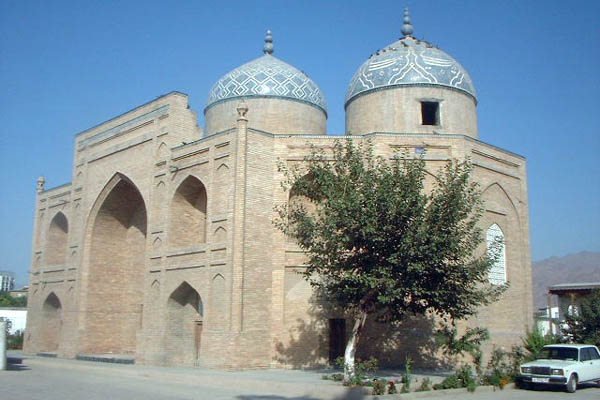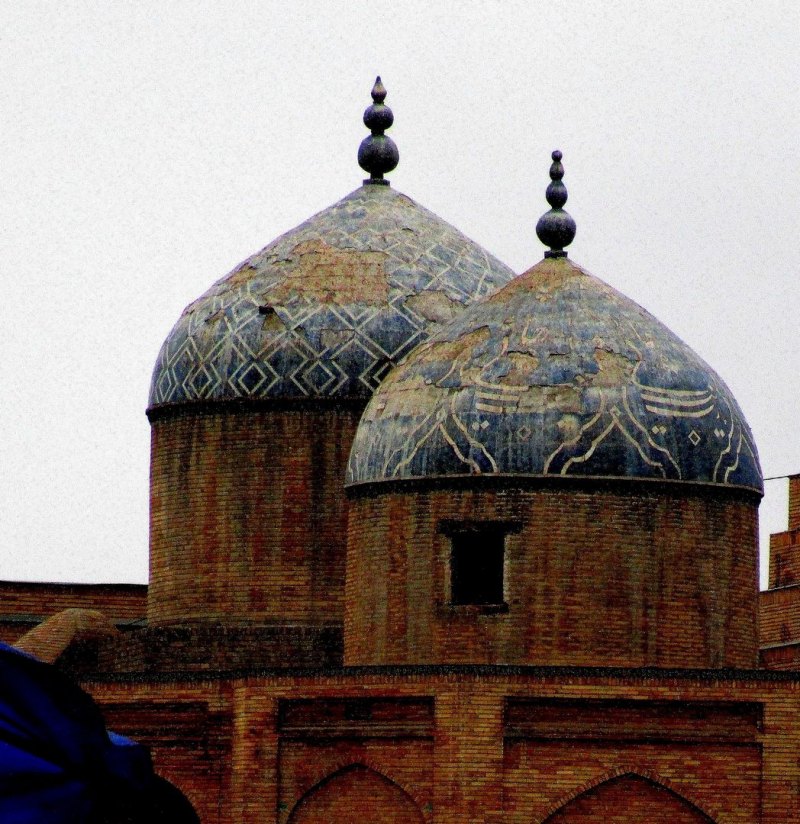Mausoleum of Sheik Muslihiddin
The Mausoleum of Sheik Muslihiddin was built over the burial of the spiritual Sufi leader Sheik Muslihiddin, who lived in the 8th–9th century and was well-known in the region. It was a tiny mosque built near the holy burial, a spiritually significant location that was later expanded. A wonderfully ornamented entrance was created in the 14th century, which was one of the major construction phases. It features magnificent Islamic themes and inscriptions, as well as non-glazed and polychrome glazed carved terracotta, as well as many varieties of majolica and its incrustations into terracotta. It depicts the early stages of the transition from monochrome to polychrome decoration and is a rare or unique specimen in Central Asia.
The doorway design is inspired by the building's painted clay mihrab niche, which is a rare or unique preserved example in the region. The building's state is stable for the time being, according to the most recent technical evaluation, although it is overall inadequate, despite the lack of cracks and other visible deterioration. Restoration work done in the 1980s with non-authentic materials including concrete and bitumen, insufficient water insulation, and damp reduction caused a slew of issues with the structure.
Water and salts flowing and excreting have a significant impact on original brickwork. Despite annual upkeep, there are numerous indicators of recent plaster falls, new leaks, and condensation spots. The building's constant excessive humidity is unsuitable for its wooden and clay artifacts, paintings, and visitors. Emergency repairs should be completed as soon as feasible, eliminating restoration errors and halting the degradation of the monument.









